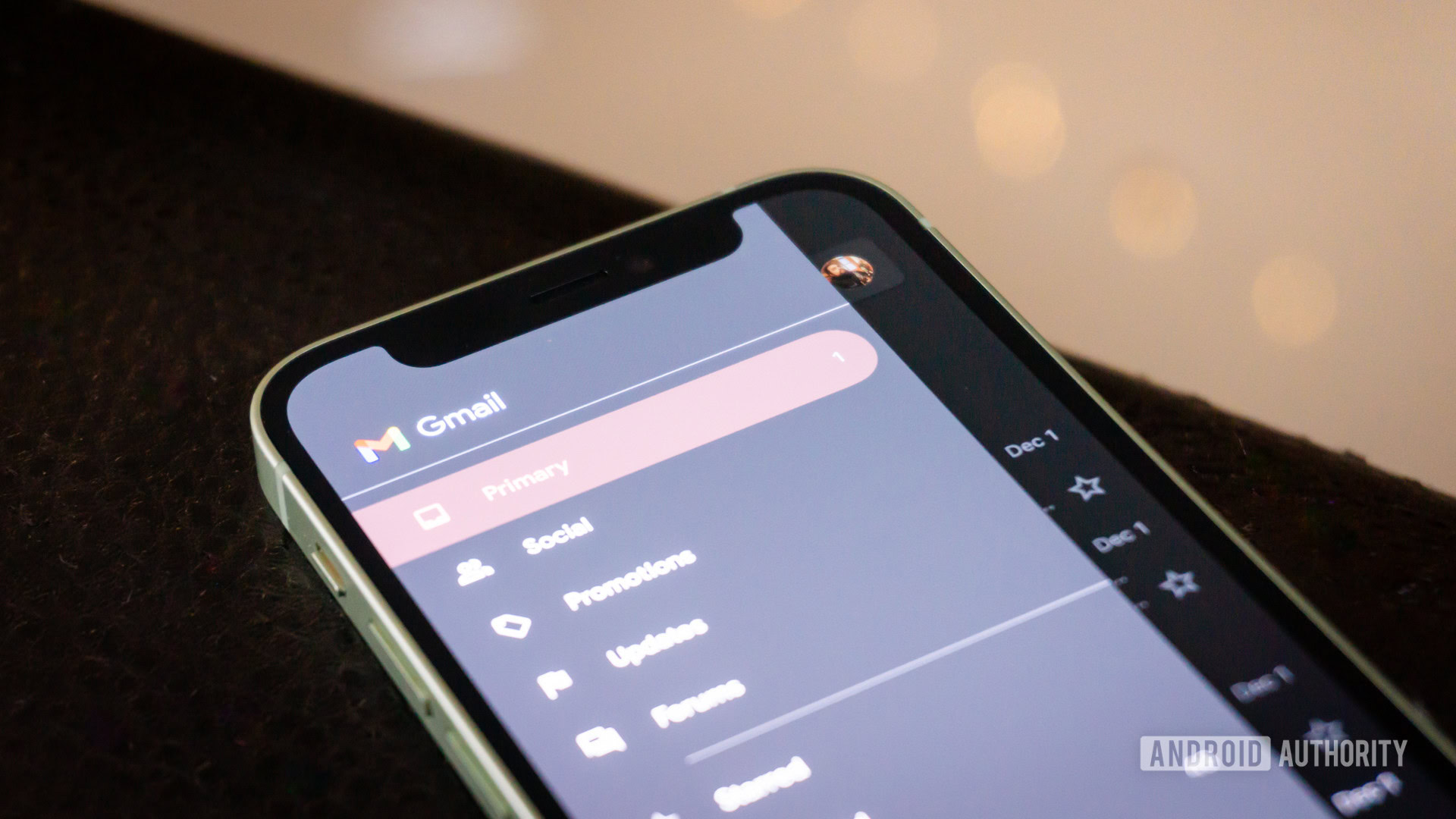Affiliate links on Android Authority may earn us a commission. Learn more.
Gmail app not syncing? Here's how you can try to fix it
Published onJanuary 19, 2024
There are few apps more essential than Gmail for many smartphone and tablet users, since it’s a lifeline for everything from personal relationships to job opportunities and government business. While you can turn to the web interface in a pinch, that’s less than ideal — so here’s how to solve problems with the Gmail Android or iPhone/iPad apps not syncing.
How to fix the Gmail app not syncing

There are a variety of possible explanations for sync failing, and accordingly, a number of potential troubleshooting steps. Some of the ones below are going to seem obvious, but we’re including everything to be comprehensive and offer a checklist. Run through them one-by-one and you should eventually come across something that works for you.
- Doublecheck your internet connection. Naturally the app needs a functioning cellular or Wi-Fi connection to sync, but it’s not just a question of whether the connection exists — if it’s weak, the app could still be failing to ping Google’s servers and/or download messages. Try switching between connection types if more than one is available. If not, try relocating somewhere with a better signal. That’s easier said than done with 4G or 5G, but the point remains.
- Turn off any low power/battery saver modes. These modes tend to reduce or outright halt background sync, since it increases wireless and processor activity. On Android, you can toggle Battery Saver through Settings > Battery > Battery Saver if you don’t see an option in the Quick Settings menu. On iPhone or iPad, go to Settings > Battery if you don’t see the Low Power Mode button (a battery icon) in Control Center.
- Check Gmail’s sync settings. Although it’s unlikely, it could be that the app’s automatic sync functions were somehow switched off. You can check this on Android by tapping the app’s Menu (triple-line) icon, going to Settings, and toggling Sync Gmail for each account that needs it. On an iPhone or iPad, go to Menu > Settings > Data Usage > Sync settings, then choose how frequently you want to sync.
- Check your phone or tablet’s background sync settings. You’ll probably have noticed broader problems, but OS-level sync needs to be active alongside Gmail’s own. On Android, you’ll have to enable Auto-sync data in two places — Settings > Accounts > More (the triple-dot icon) and Settings > Data usage > More. iPhone and iPad users can simply go to Settings > Gmail and toggle on Background app refresh.
- Be sure there’s still storage available for your Google account. Google includes 15GB for free. Superficially that might sound like a lot, but the limit covers Google Drive and Google Photos too, not just Gmail. To resume sync if you’ve already reached your cap, you’ll have to delete files and/or messages, or else upgrade to a paid Google One plan. If you’re already on Google One, you might have to upgrade to a more expensive tier.
- Restart the app or your device. There could be some sort of temporary glitch affecting Gmail’s sync process, in which case restarting the app might help. There’s also the possibility of a glitch at the OS level, which you can test and/or fix with a reboot.
- Check the status of Google and/or third-party email servers. If nothing else has helped so far, it could be that Gmail servers are having trouble. You can verify that by loading the Google Workspace Status Dashboard or using a site like Downdetector. If you’re syncing Gmail with a third-party service (such as Yahoo), check their servers and your associated account settings.
- Scan for available app updates. If you haven’t updated Gmail in a while, there might be an embedded software bug that Google has since squashed. You can update Android apps using the Google Play Store, and iPhone or iPad apps using the Apple App Store. You may want to enable automatic updates to avoid similar issues in the future — Google patches Gmail pretty frequently.
- Scan for operating system updates. While the odds are against it, it’s not impossible that there might be an Android or iOS/iPadOS bug in the way. On most Android devices, you can check for updates by going to Settings > System settings/About device and looking for a System updates option. Button labels may vary. With iPhones and iPads, the process is straightforward — go to Settings > General > Software Update. No matter your platform, make sure your device is backed up, mostly charged, and connected to Wi-Fi before installing. You’ll also want to set aside some time, since your device will be temporarily out of commission until the install is finished.
- Clear out the app’s cache. This isn’t an option on Apple devices, but Android users can try manually scrubbing Gmail’s temporary cache files by going to Settings > Apps > Gmail > Storage and selecting Clear cache. Corrupted cache data can sometimes interrupt an app’s functions.